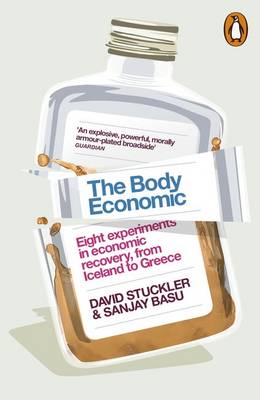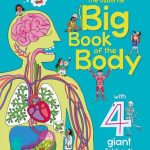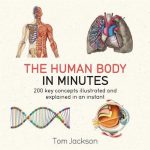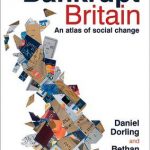Disclosure : This site contains affiliate links to products. We may receive a commission for purchases made through these links.
The Body Economic: Eight Experiments in Economic Recovery, from Iceland to Greece

The Body Economic is the first, agenda-shaping, look at the human costs of financial crisis – the culmination of ten years` work by two pioneering researchers – Sanjay Basu and David Stuckler. The global financial crisis has had a seismic impact upon the wealth of nations. But we have little sense of how it affects one of the most fundamental issues of all: our physical and mental health. The Body Economic puts forward a radical proposition. Austerity, it argues, is seriously bad for your health. We can prevent financial crises from becoming epidemics, but to do so, we must acknowledge what the hard data tells us: that, throughout history, there is a causal link between the strength of a community`s health and its social protection systems. Even amid the worst economic disasters, negative public health effects are not inevitable: it`s how communities respond to challenges of debt and market turmoil that counts. Now and for generations to come, our commitment to the building of fairer, more equal societies will determine the health of our body economic. “Explosive …powerful. Backed by a decade of research, and based on reams of publicly available data”. (Guardian).”A powerful indictment of the unnecessary suffering and rising mortality rates associated with austerity policies unsoftened by remedial social programmes”. (Financial Times). David Stuckler is a Senior Research Leader at Oxford University. He has published over one-hundred peer-reviewed scientific articles in major journals on the subjects of economics and global health, and his work has featured on the cover of The New York Times and The Economist, as well as on BBC, NPR, and CNN, among others. Sanjay Basu is an Assistant Professor of Medicine and an epidemiologist at Stanford University. He has worked with Oxfam International and is a member of the New York Academy of Sciences. His work has featured in The New York Times and Wall Street Journal and he has written over 80 peer-reviewed articles.




































































